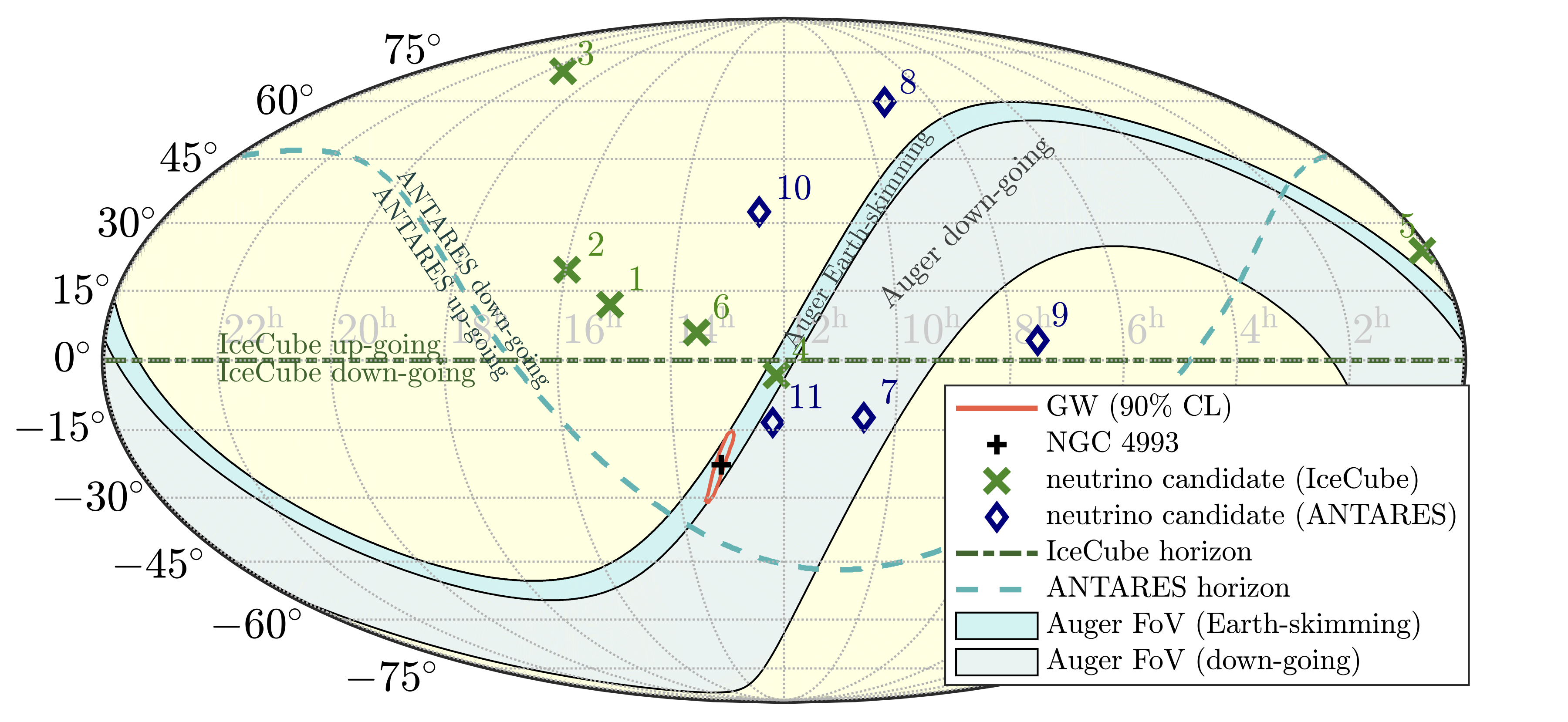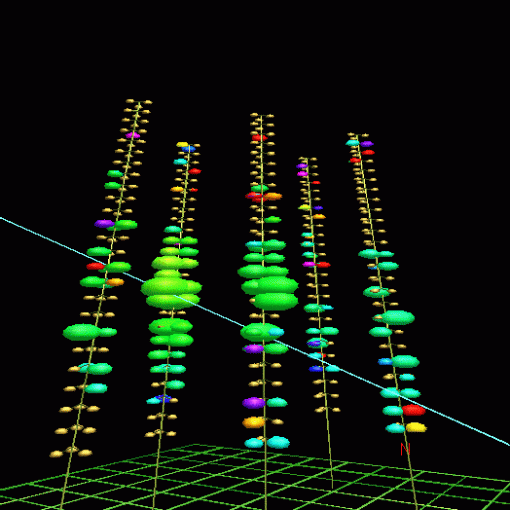In 2017, a high-energy muon neutrino detected by IceCube was found positionally coincident with the direction of a known blazar, TXS 0506 + 056, in a state of enhanced γ-ray emission. Soon after, IceCube reported compelling evidence for an earlier neutrino flare from the same direction found in the archival data, this time not accompanied by any observed electromagnetic activity. The IceCube findings suggest searching for flaring neutrino emission from astrophysical sources, not necessarily accompanied by flares detected in γ-rays. The analysis presented in this contribution scans the events collected by the ANTARES neutrino telescope in 13 years of data taking in a search for clustering in space and time. The analysis method is based on an unbinned maximum likelihood approach. Generic Gaussian and Box profiles are assumed for the signal time emission, with both the central time and duration of the flare being free parameters in the likelihood maximization. The time-dependent approach is applied to the catalog of radio-bright blazars for which a promising directional correlation with IceCube muon tracks was recently reported [1, 2]. No significant space and time clustering of neutrinos above background expectation is observed after accounting for trials. Seven sources are found to have a pre-trial significance of over 3σ, with the highest excess being the one at the location of the blazar J1500 − 2358, with a pre-trial significance of 3.4σ, corresponding to a post-trial p-value of 40%.




